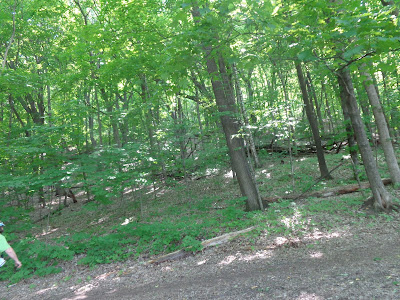 |
| This oak with wide spread arms was in an oak savannah. |
 |
| Here is the dividing area between earth worm invasion and no earthworm invasion. |
 |
| Winona is a lovely city. You can rent kayaks and paddle on Lake Winona for a very small price. I could easily spend a week here and enjoy every minute. |







No comments:
Post a Comment